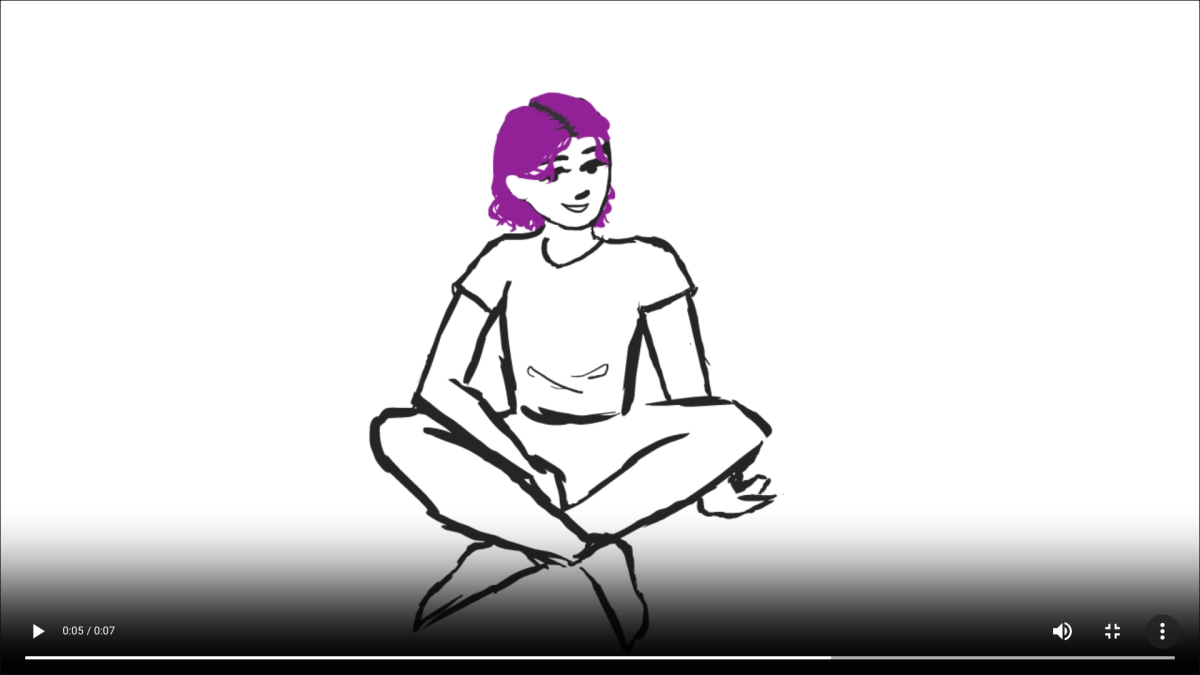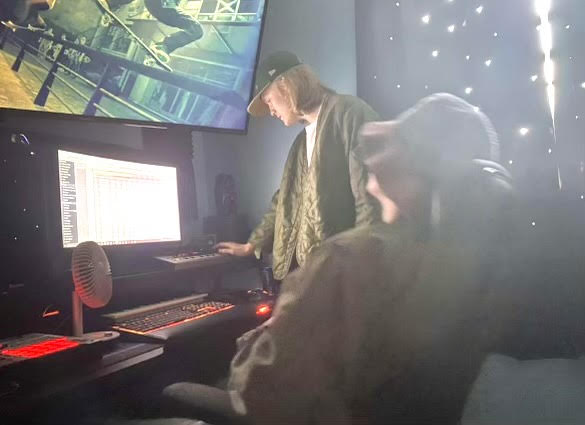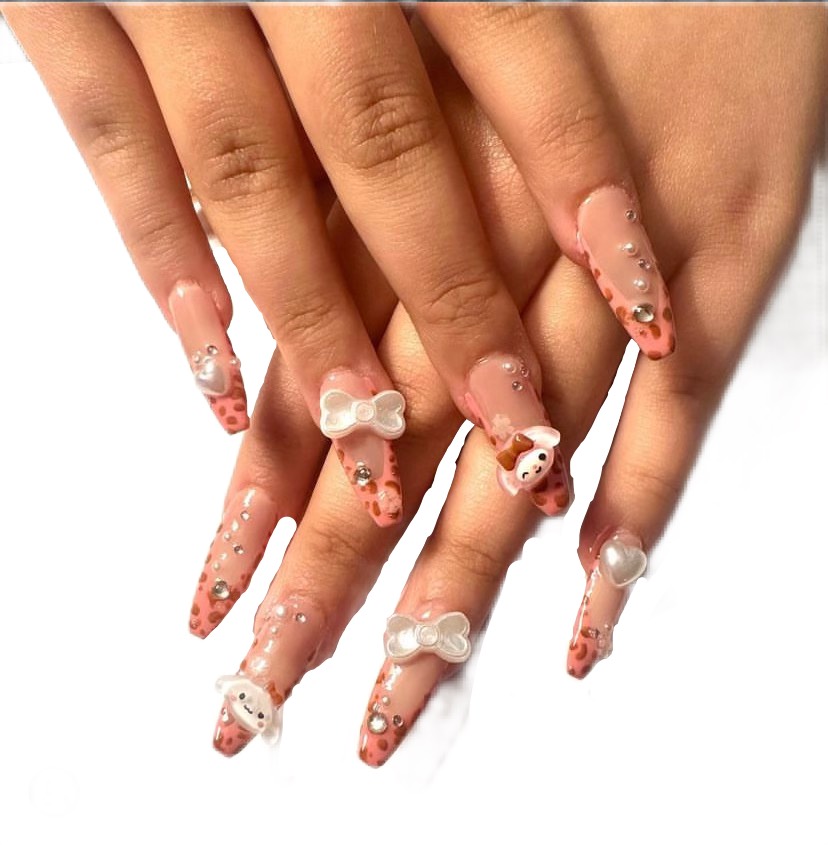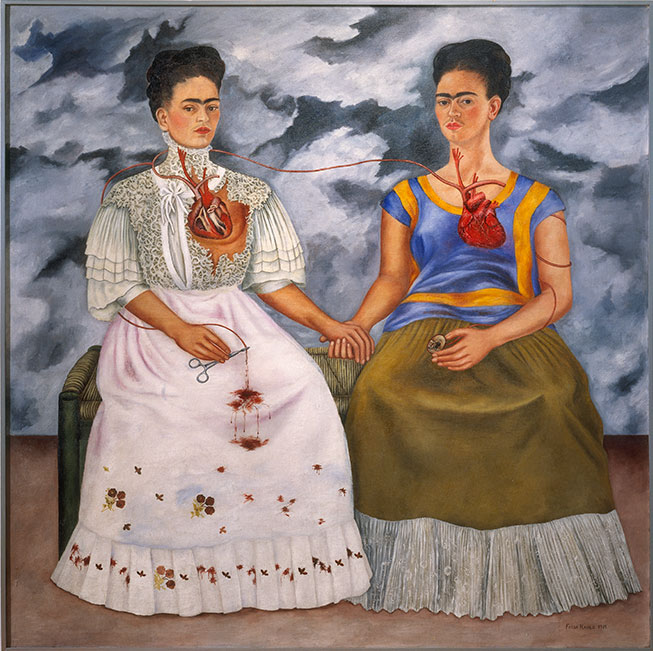Is photography still an art form or has its accessibility undermined its status as a serious study? A question posed in a recent article in the Washington Post spurned a wave of discussion throughout the artistic world, with photographers and art critics taking up arms over the issue.
Titled “Open to Everything?,” the story by Blake Gopnik begins by addressing the purported economic woes of Annie Leibovitz, the commercially successful celebrity photographer.
Leibovitz has photographed celebrities since the 1970’s. She is known for her iconic portraits of Mick Jagger and Keith Richards, shot in gritty realism, and a famous picture of John Lennon and Yoko Ono taken just hours before his murder at the front of the Dakota Building.
More recent shots ranging from Brad Pitt to Whoopi Goldberg, have appeared in Vogue, The New York Times Magazine and the New Yorker, as well as advertisements for American Express, the Gap and the Milk Board.
The question posed, however, was not on the reason for her failing success, but whether or not she deserved the fame and renown given to her as a “serious artist.”
Gopnik argues that the subject of her work detracts from its value and the presence of similar works by other photographers removes the individualism that defines true art.
Therein lies the debate. Does the commercial nature of Leibovitz’s photography detract from its value as an art form? And on a deeper level, does photography continue to deserve respect as a mode of expression on the same plane as painting, sculpture, and other creative works?
By Gopnik’s standards, no. His main complaint on modern photography focuses on its lack of originality. “Room for innovation may be shutting down,” he said in his article. “We’re seeing repetition instead.”
The commercial and widespread use of photography, from his angle, is taking away from its integrity. One of the key traits of photography today is its accessibility.
Cheap Polaroid cameras can be bought in pharmacies and grocery stores, digital cameras are more and more easily obtained and anyone with the proper resources can buy a professional digital or film camera.
Photography does not discern between the young and the old, and the constant movement of mass media, especially television and the internet, makes it easy for amateur family albums and cheap blog shots to be viewed alongside more serious work.
In a sense, the wide use of media outlets adds to the variety of photographs displayed. Galleries such as the Corcoran and the Smithsonian American Art Museum show exhibits that range between the strictly conceptual photography of Christopher Williams and the commercial endeavors of Richard Avedon, adding to the sense of the multiple realms of photography as art.
The unique aspect of photography is the variation in its interpretation. There are those who express the idea that art must have a specific meaning or concept to be labeled “fine,” or “serious,” and those that will argue for the value of such iconic commercial works as the Star Wars movie poster.
Those who disagree with Gopnik take offense at his black and white comparisons between “high” and “low” photography. “Photography is an art. It takes time, it takes understanding, and whether you are two or two hundred you can create art with a camera by expressing yourself. To me, that’s what art is. It’s self-expression,” AHS photography teacher Merideth Stevens said.
“It’s not always about the technical process. It’s about knowing when to take the picture. That’s the true art of it,” said long-time art student Jessica Camilli.
Whether or not something counts as “fine art” cannot be verified by the opinion of one person. The definition of art is a personal one, and the views vary.
Some will argue that even Facebook photo posts count as an art form, as they express both the efforts of the photographer and the emotion of the moment.
“I personally think that as long as the photographer has put in effort and is trying to convey emotion it is art, regardless of whether it is used for commercial purposes or not,” said Camilli.
Others claim that the title of “fine art” can only be claimed by a piece which demonstrates an underlying meaning or concept.
Art is a broad term, and encompasses all fields of work, from everyday amateur shots to conceptual stills to celebrity portraits. “I don’t think there really is ‘fine art’. I hate that. Why should art be characterized into groups?” Camilli said.








